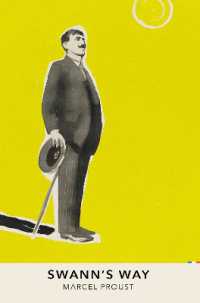- ホーム
- > 洋書
- > 英文書
- > Religion / Ethics
Full Description
The separation of science and religion in modern secular culture can easily obscure the fact that in sixteenth- and seventeenth-century Europe ideas about nature were intimately related to ideas about God. Readers of this book will find fresh and exciting accounts of a phenomenon common to both science and religion: deviation from orthodox belief. How is heterodoxy to be measured? How might the scientific heterodoxy of particular thinkers impinge on their religious views? Would heterodoxy in religion create a predisposition towards heterodoxy in science? Might there be a homology between heterodox views in both domains? Such major protagonists as Galileo and Newton are re-examined together with less familiar figures in order to bring out the extraordinary richness of scientific and religious thought in the pre-modern world.
Contents
Introduction ; 1. Heterodoxy in Natural Philosophy and Medicine: Pietro Pomponazzi, Guglielmo Gratarolo, Girolamo Cardano ; 2. John Donne's Religion of Love ; 3. 'Le plus beau et le plus meschant esprit que ie aye cogneu': Science and Religion in the Writings of Giulio Cesare Vanini, 1585-1619 ; 4. Heresies, Facts, and the Travails of the Republic of Letters: Explanations of the Eucharist ; 5. Galileo Galilei and the Myth of Heterodoxy ; 6. Copernicanism, Jansenism, and Remonstrantism in the Seventeenth-Century Netherlands ; 7. When did Pierre Gassendi become a Libertine? ; 8. Thomas Hobbes, Heresy, and Corporeal Deity ; 9. 'The true frame of Nature': Isaac Newton, Heresy, and the Reformation of Natural Philosophy ; 10. The Heterodox Career of Nicolas Fatio de Duillier ; 11. 'Claiming Him as her son': William Stukeley, Isaac Newton, and the Archaeology of the Trinity ; 12. Joining Natural Philosophy to Christianity: The Case of Joseph Priestley








